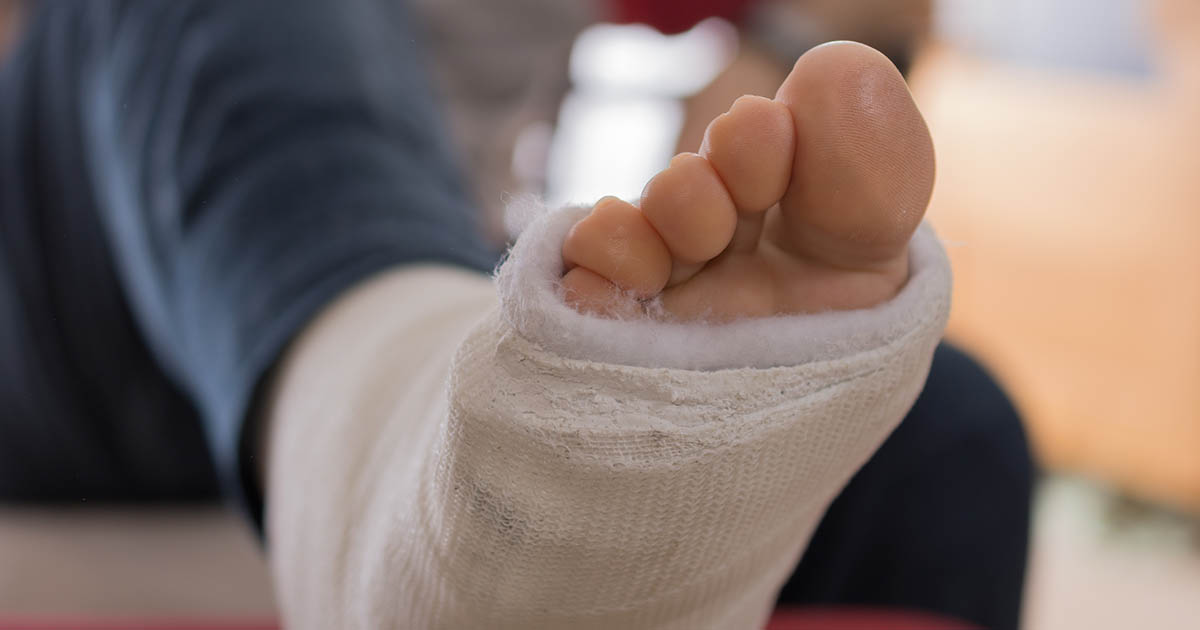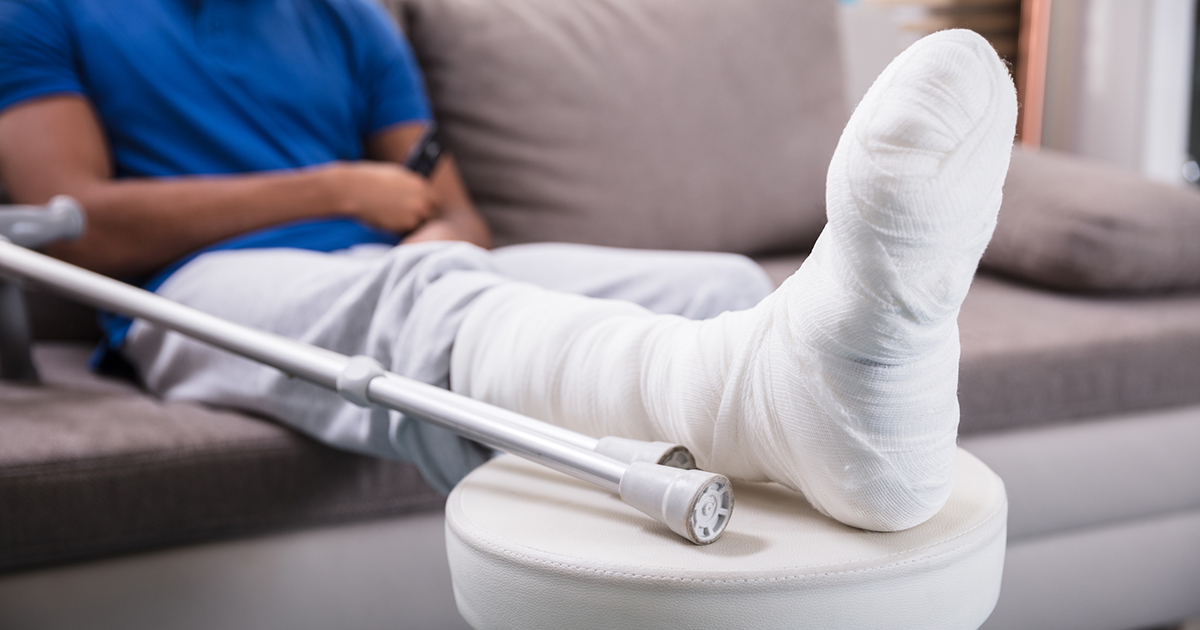Guide To Recovering From A Fractured Ankle
Ankle injuries are one of the most common injuries, and their incidence rate is increasing both with the increased activity level of baby boomers as well as the competitive aspect of sports. Easy twisting motions, with the body going one way and the foot and ankle turning the opposite way, and direct trauma such as steep falls or car accidents, are the primary ways an ankle is injured. Ankle fractures occur when one of three bones that comprise the ankle crack or fail, allowing a disruption in bone. The ankle joint is formed by the two lower leg bones, the tibia and fibula, and the foot bone that sits between them, the talus. Learn how to recover from a fractured ankle now.
Keep The Ankle Elevated
First and foremost, patients should keep the ankle elevated above their heart, as this will decrease both swelling and pain. The leg primarily relies on the pumping action of the leg muscles to return blood to the heart. When an individual isn't walking properly, or not at all, this process stops. Blood is then allowed to pool in the leg along the lines of gravity. This pooling of blood slows healing, increases pain, and increases the risk of complications such as blood clots. Proper circulation optimizes healing by enabling the influx of necessary oxygen and nutrients to assist in the injury repair.
Reveal the next aspect of recovering from a fractured ankle now.
Stay Off The Injured Ankle

Ankle fractures are typically quite painful, so it may be easy to stay off the injured ankle, as most of the time it causes too much pain to walk. Attempting to push through the pain is not a good option if a fractured ankle is suspected. Additional damage may occur, causing instability or complicating recovery and healing. Ankle fractures are best defined by where the fracture occurs in the bone, but also how many of the ankle bones are involved in the fracture. The more bones involved, the less stable the ankle fracture becomes. Walking on it puts stress on the bones that do not have a fracture as well as the soft tissue structures such as ligaments and tendons, putting patients at risk for further injury.
Continue reading to learn about the next piece of advice for recovering from a fractured ankle now.
